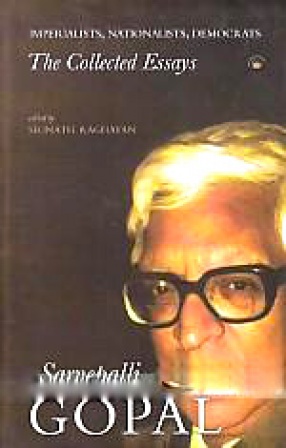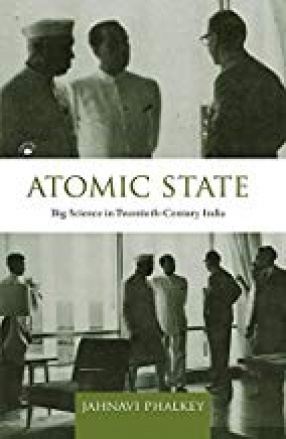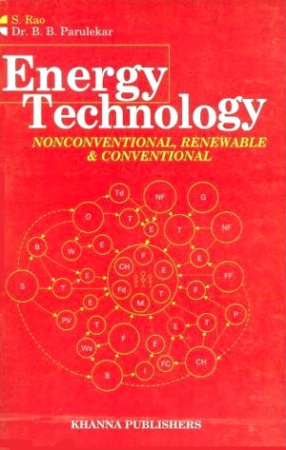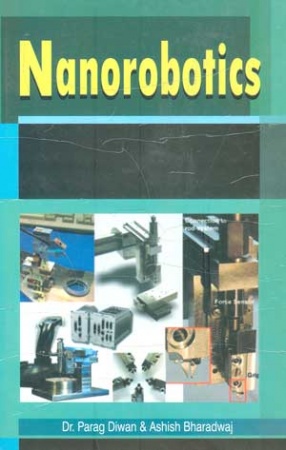Atomic State: Big Science in Twentieth-Century India
The book questions nationalist notions about development of atomic science in India and shows that the emergence of the country’s nuclear science infrastructure was in fact tenuous and contradictory and rich in faction fights that determined the direction of the development. Tracing the academic roots of India’s nuclear research to universities, industrial philanthropy, scientists and laboratories, it locates three different transitions in the development of atomic science in India: the transition of nuclear physics from table-top experiments to electronic equipment systems, the transition of India from colonial rule to independence and transition of the international scenario from imperialism to Cold War. It discusses the contributions of luminaries like C. V. Raman, Jawaharlal Nehru, Meghnad Saha, Homi Bhabha, Shanti Swarup Bhatnagar and development of Calcutta, Bombay and Bangalore as institutional centres.
Get it now and save 10%
BECOME A MEMBER









Bibliographic information